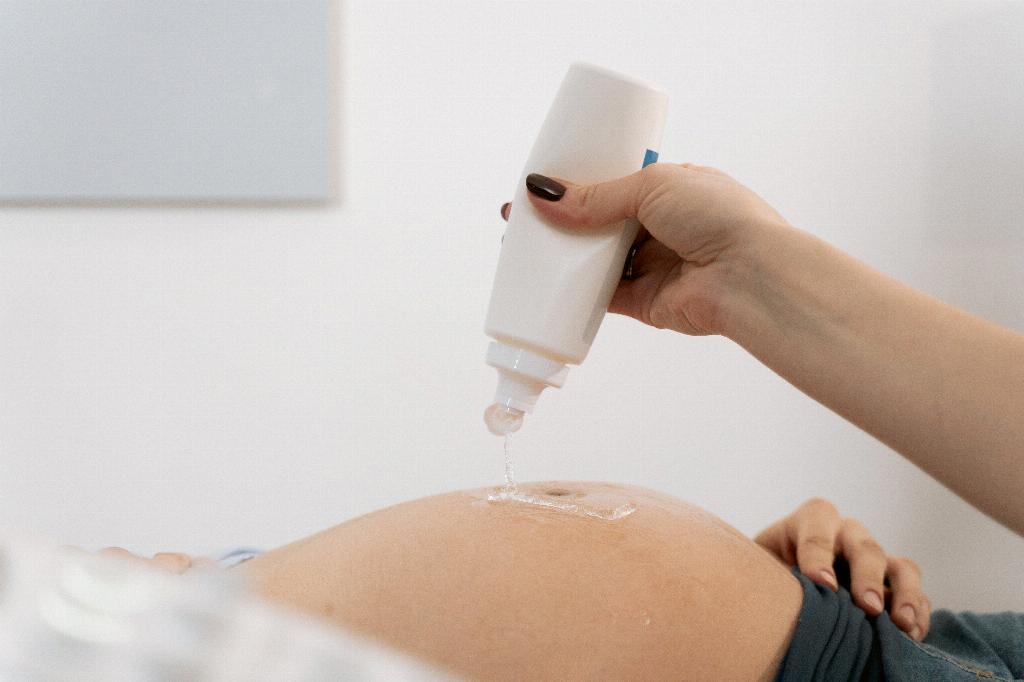When it comes to the possibility of getting pregnant from pre-ejaculate, commonly known as precum, there are varying perspectives and studies to consider. Research has shown that while the chances may be lower compared to ejaculate, the presence of sperm in precum is a critical factor that cannot be ignored.
Insights from Studies
A study from 2016 revealed that approximately 17% of participants had mobile sperm present in their pre-cum samples. Moreover, an earlier study in 2011 reported that 37% of individuals provided pre-cum samples containing mobile sperm. These findings emphasize the importance of acknowledging the potential fertility risks associated with precum.
Factors Affecting Fertility
Various factors can influence the likelihood of pregnancy from precum. The timing of ejaculation relative to the presence of precum can impact sperm concentration. Additionally, factors such as overall sperm health and the individual’s reproductive health can play a significant role in determining fertility outcomes.
Considerations for Pregnancy Prevention
While the chances of getting pregnant from precum may be lower than with ejaculate, it is crucial to understand that the presence of viable sperm in precum poses a potential risk. Utilizing contraceptive methods such as condoms or other forms of birth control can help mitigate the risk of unintended pregnancy.
Importance of Personal Hygiene
Maintaining good personal hygiene practices, such as urinating before sexual activity, can help reduce the likelihood of sperm being present in precum. By flushing out any residual semen through urination, individuals may lower the risk of sperm being present in pre-ejaculate.
Communication and Education
Open communication with sexual partners about contraceptive methods and the risks associated with precum can enhance understanding and decision-making regarding pregnancy prevention. Education about fertility and reproductive health is essential for informed choices.
Realistic Risk Assessment
While the chances of pregnancy from precum may be lower compared to ejaculate, it is essential to conduct a realistic assessment of individual risk factors and take appropriate precautions. Engaging in safe sexual practices can help ensure responsible reproductive health.
Empowerment Through Knowledge
Empowering individuals with knowledge about fertility, contraception, and the factors influencing pregnancy outcomes can support informed decision-making. Understanding the nuances of precum and its potential impact on fertility enhances reproductive health literacy.
Seeking Professional Guidance
Consulting healthcare providers or reproductive health specialists for personalized advice on contraceptive options, fertility concerns, and pregnancy prevention strategies can offer tailored support and guidance. Professional guidance can address individual needs and concerns effectively.
Embracing Proactive Health Practices
Embracing proactive health practices, including regular health screenings, discussions about sexual health with healthcare providers, and awareness of contraceptive choices, can contribute to overall well-being and reproductive health management. Taking proactive steps can empower individuals in their reproductive health journey.
Final Thoughts on Precum and Pregnancy
In conclusion, while the likelihood of getting pregnant from precum may vary based on individual factors and circumstances, acknowledging the potential presence of sperm in precum is crucial. By prioritizing communication, education, contraception, and proactive health practices, individuals can make informed choices regarding pregnancy prevention and reproductive health.

